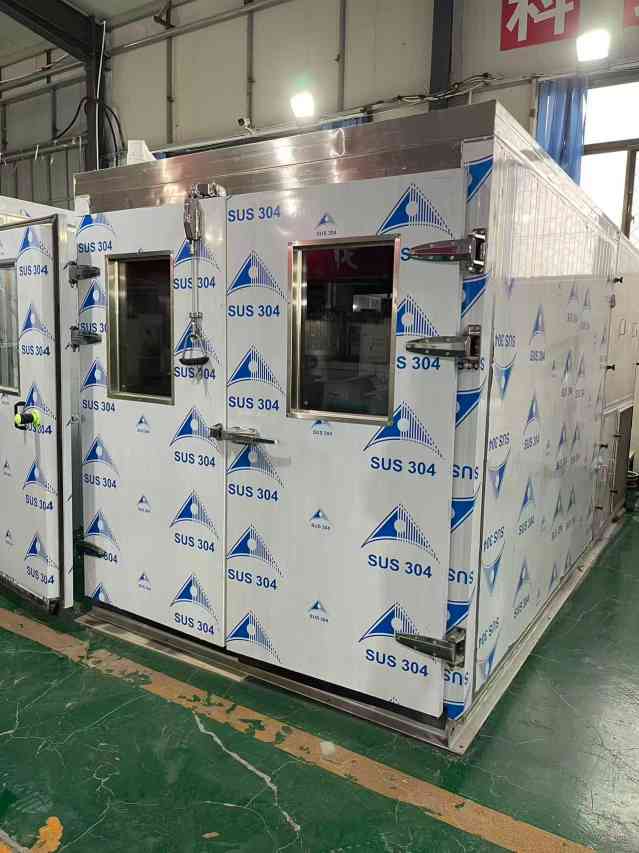
Hebei Kairuote Machinery Manufacturing Co., Ltd
Contacts:Manager Zhao
Tel:+86 15732290667
E-mail:nongruide.sale01@gmail.com
Address:Hujiazhuang Village, Hujiazhuang Township, Laishui County, Baoding City, Hebei Province
The transformation process from "small seeds" to "standard pellets"
Time:2025-11-07 15:55:03 Popularity:3
The working principle of the seed pellet machine: The transformation process from "small seeds" to "standard pellets"

The core of the seed pelletizer is to process tiny seeds into uniform-sized pellets through layer-by-layer coating and rolling formation. The entire process can be divided into four key steps to ensure stable pellet quality and no damage to seed viability.
The first step is seed pretreatment. The equipment first screens the raw seeds to remove impurities, shriveled seeds and damaged seeds, ensuring the fullness and uniformity of the seeds to be processed; at the same time, it adjusts the humidity according to the characteristics of the seeds to avoid adhesion or loose formation during the subsequent coating process, laying a foundation for pelleting. Please provide the text you would like translated.
The second step is core pellet formation. The pre-treated seeds are sent into a rotating pelletizing pan (or pelletizing drum), where a mixture of binder (such as gum arabic, carboxymethyl cellulose) and filler matrix (such as peat, vermiculite, talcum powder) is evenly sprayed. As the pan rotates, the seeds roll continuously under the action of centrifugal force and friction. The matrix in the mixture gradually adheres to the seed surface, layer by layer, like a "snowball", increasing the seed volume. During this process, operators can control the final size of the pellets (typically with a diameter of 1-5 millimeters, to meet different sowing requirements) by adjusting the spray volume and rotation speed. Please provide the text you would like translated.
The third step involves the addition of functional components. During the coating process, substances such as water-retaining agents, slow-release fertilizers, fungicides, and root-stimulating agents can be incorporated into the mixed solution or added separately in specific coating layers based on the growth requirements of the crops. These components will adhere to the seed surface along with the substrate, forming a "functional layer". After the coated seeds are sown into the soil, they will gradually release with the infiltration of water, providing continuous support for seed germination and seedling growth. Please provide the text you would like translated.

The fourth step is drying and shaping. The wet pellets that have been wrapped and formed are sent into the drying system. Through a hot air circulation (with the temperature usually controlled at 30-40℃ to avoid high temperatures damaging the seed embryos), the moisture is quickly removed to make the pellets reach the standard hardness (generally, the compressive strength is ≥1.5kg/cm² to prevent breakage during transportation and sowing). After drying, the pellets undergo a secondary screening to remove those that are not of the right size or have poor formation. Eventually, uniform and stable standardized pelletized seeds are obtained.
NEWS
- How to ensure the germination rate of the seed 2025-06-06
- The transformation process from "small seeds" to "standard pellets" 2025-11-07
- The transformation process from "small seeds" to "standard pellets" 2025-11-07
- How does the seed pellet machine ensure the seed germination rate? 2025-11-05
- The working principle of the drum seedling machine 2025-11-04
- Roller seedling production line: The "accelerator of sowing" in modern agriculture 2025-11-01
- A Leap in Speed and Efficiency: Redefining the Standard for Seedling Growth Rate 2025-10-31
- Seed pellet technology 2025-10-30
- The seed pellet technology has led to a "massive leap" in sowing efficiency. 2025-10-29
- Seed pellet technology : The "transformation technique" for small seeds, a new breakthrough in agricultural planting. 2025-10-28




.jpg)
.jpg)
/0 (4).jpg)





 Hotline
Hotline